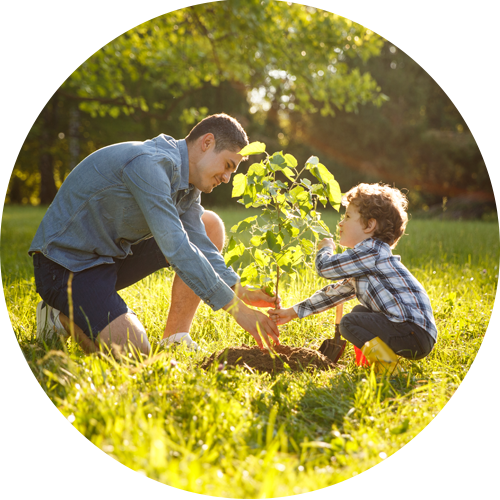Committing to caring for and respecting the environment is a must for companies today. They are expected to not only talk the talk but also to engage in concrete actions that are measurable over time. That is why, a few years ago, at CRAMER we designed a Sustainability Plan aligned with the United Nations Sustainable Development Goals (SDG).
As a result of this plan, 100% of our electricity now comes from non-conventional renewable energy sources and we have also improved energy efficiency by taking full advantage of natural lighting at our facilities.
Another essential component is waste recovery. Our goal is to exceed 50% and continue reporting sustained growth in this indicator, whether through reuse or recycling. To accomplish this, we work regularly with four external companies and occasionally with two more, depending on the type of industrial waste involved. Our purpose is to strengthen the circular economy and make a positive contribution to the quality of life of our personnel and the communities where we operate.
The waste recovery program has been developed in three phases, beginning more than 14 years ago with drums and barrels. Next, we added cardboard, paper and plastics ten years ago. More recently, we incorporated other types of waste.
We choose end users (i.e., the external companies that support us and have been approved by regional Health Ministry officials (Seremi)) that guarantee recovery or reuse. To ensure this, until the beginning of the COVID-19 pandemic in 2019 we periodically visited their facilities. We hope to resume this practice as soon as conditions allow. We did this to learn about their processes in depth and also to demonstrate our serious and responsible commitment to a green seal policy and related good practices.
Thanks to these external management measures, we now recover or recycle 45% of these types of waste. This has earned us ISO 45,000 certification for safety and ISO 14,000 for the environment. Our integrated system is based on indicators and annual measurable objectives and we commit to continuously improve them.
In parallel, we are working internally with different areas of our organization to build awareness among personnel about optimum waste management of storage tanks, wooden pallets, paper and plastic supplies like spoons. We have installed black, blue, green, yellow and red containers for trash, paper, glass, plastics and hazardous waste, respectively, and have also defined specific cabinets or locations for temporary storing waste until it can be loaded and removed.
Currently at CRAMER we are working to come up with new sustainability projects, such as treating organic matter from the corporate cafeteria. We are researching the option of composting to turn this waste into a nutrient-rich addition to our green areas.






